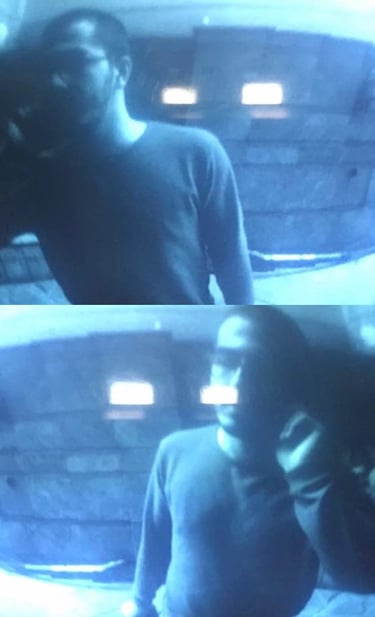Nima Abkenar is a conceptual artist and a theorist based in New York City. Born and raised in Tehran, Abkenar left Iran at 17. His dislocation from his native home has shaped his approach to art and theory and mutually drives his effort to bring the attention of art to most basic and fundamental philosophical questions. His interest can be placed in the intersection of art and theory, where the two mutually create the conditions for the possibility of the other.
His art practice has naturally coincided with an academic career in philosophy. He has an M.A. in philosophy from The New School for Social Research with a focus in phenomenology, 19th and 20th century continental philosophy and art theory. He is a McNair scholar. His work has been exhibited internationally, and been reviewed by the LA Times, Las Vegas Weekly, KNPR, Science times, Australian National University, Cosmos, Hamshahri, and ISNA. In 2020 and 2021 Abkenar’s illustrations involving visualization of quasars in collaboration with Dr. Daniel Proga and his team at the Physics department at UNLV, was showcased by NASA. Additionally, he has collaborated with institutions such as the Black Mountain Institute, and the City of Las Vegas Cultural affairs, creating and curating events and public art viewings.
Abkenar views art as a discourse conjoining the objective and the ineffable and thereby defines art-making as an attempt at partaking in a discourse by carefully placing oneself in an art-historical lineage. He argues against the binary of artwork and non-art, for “the terminology presupposes that an object is already either a work of art or a commonplace item.” He instead views all commonly assumed works of art as well as commonplace items as an ordinary-object, and places the arthood in a process of encounter, in which both the author and the audience work toward determination of an art-object through (1) recognizing the private experience of the other that is other than their own, (2) deciphering the meaning of a work in virtue of its placement in a historical lineage. For Abkenar, in an encounter with an ordinary-object the creator and the viewer can thus ask the same question, “how would the given object be if it were to be a work of art?” Thus, in the highly conceptual climate of contemporary art, the viewer has the same task as the creator, conceptualizing the experience of an object in relation to an art-historical discourse, “starting with an ordinary-object and working their way toward the determination of an art-object.”

